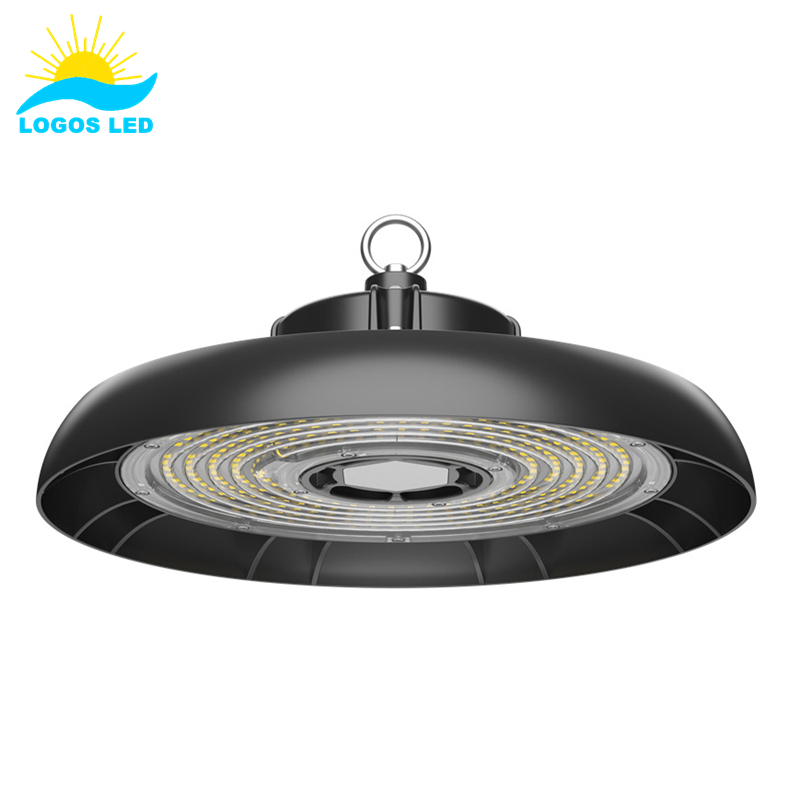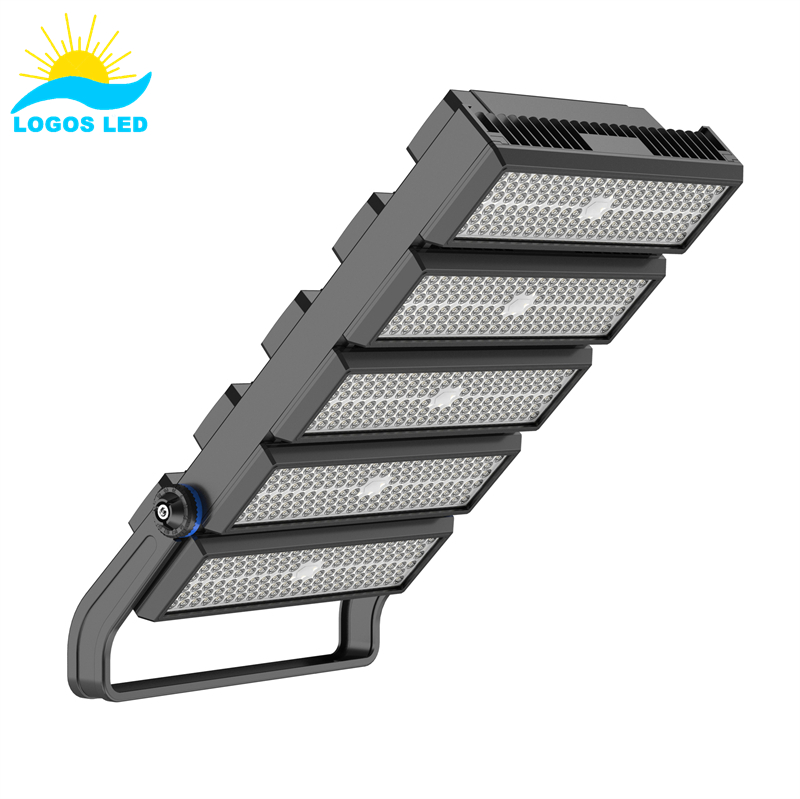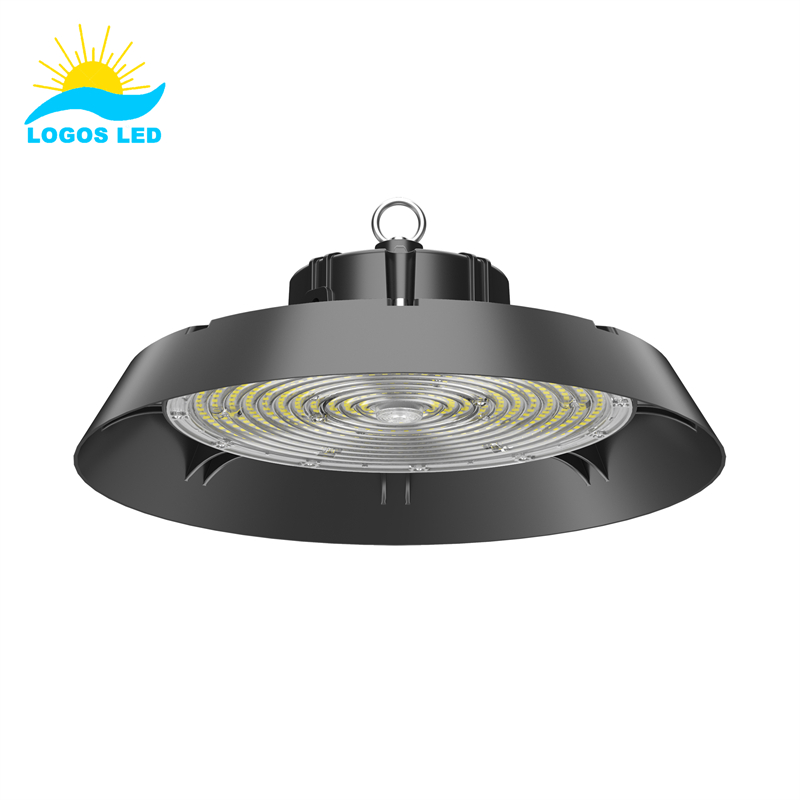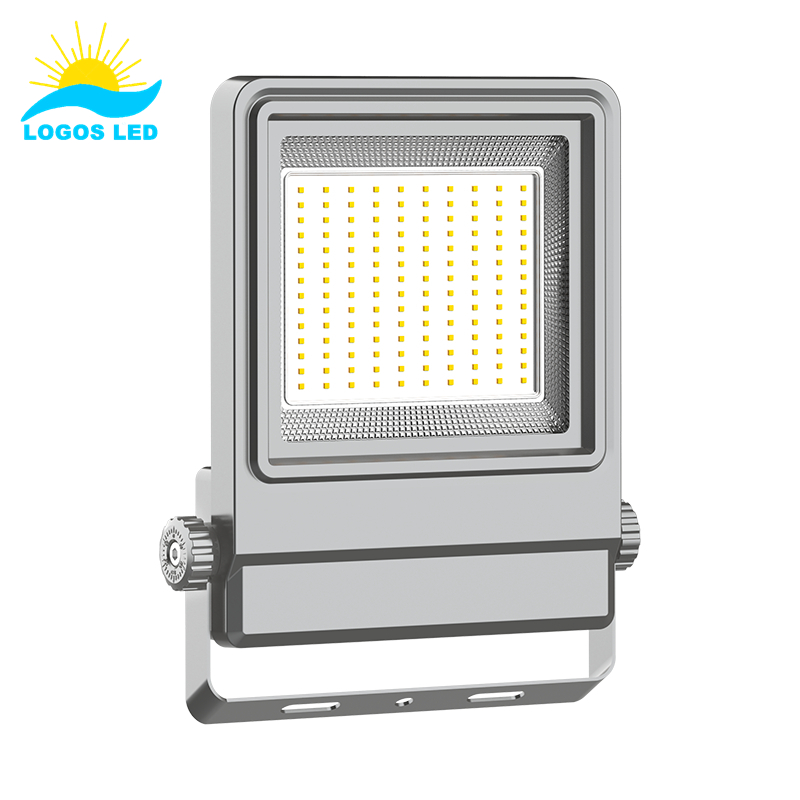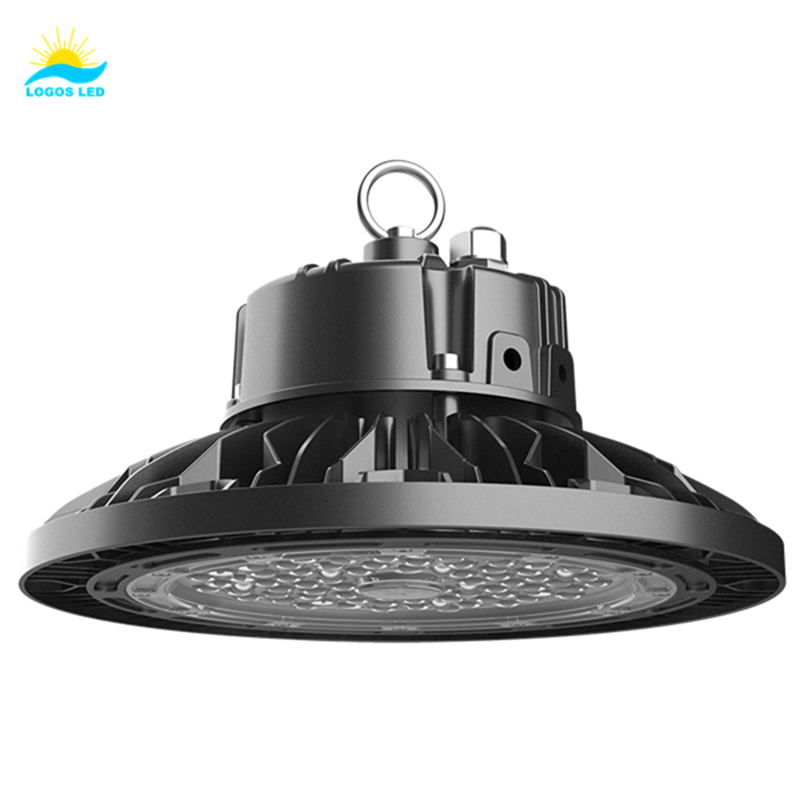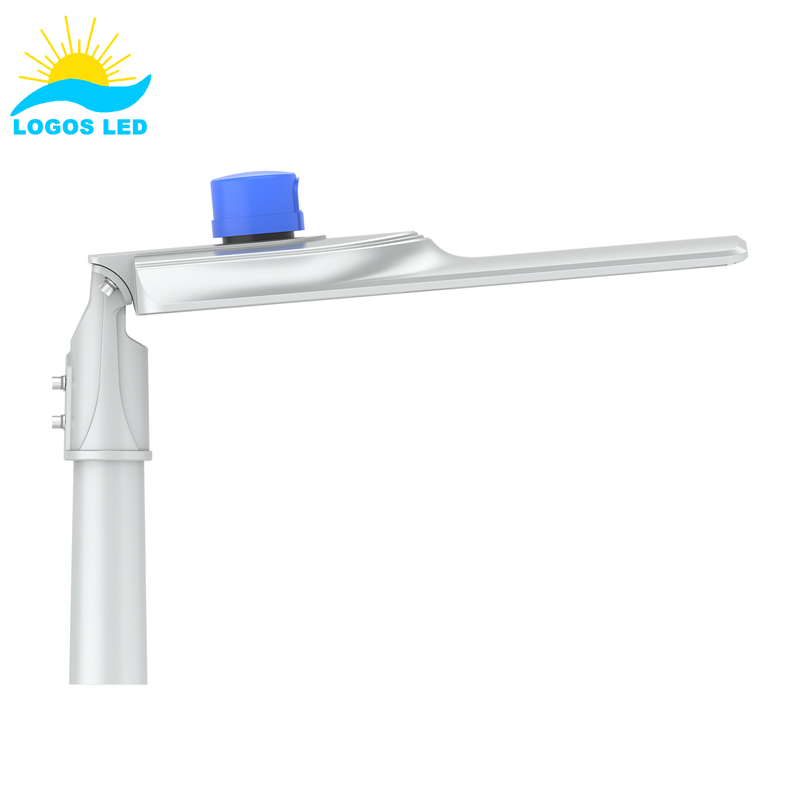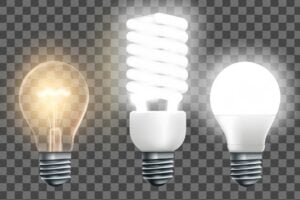When choosing lighting for your project, the decision between COB lights and panel lights can be overwhelming. If you choose the wrong type, it can affect your space’s ambiance, energy efficiency, and overall performance. This guide will help you understand the differences between these two lighting options and make an informed decision based on your needs.
COB lights and panel lights are both popular LED options, but each has unique features that make them suitable for different applications. COB lights provide high-intensity focused lighting, ideal for specific tasks, while panel lights offer even, diffused illumination for larger spaces. Choosing between these two options involves considering factors like light quality, application, and energy efficiency. This guide compares the pros and cons of both, helping you choose the best option for your lighting needs.
Confused about which light to choose for your space? Keep reading to find out which lighting solution works best for you.
Table of Contents
What is COB Light?
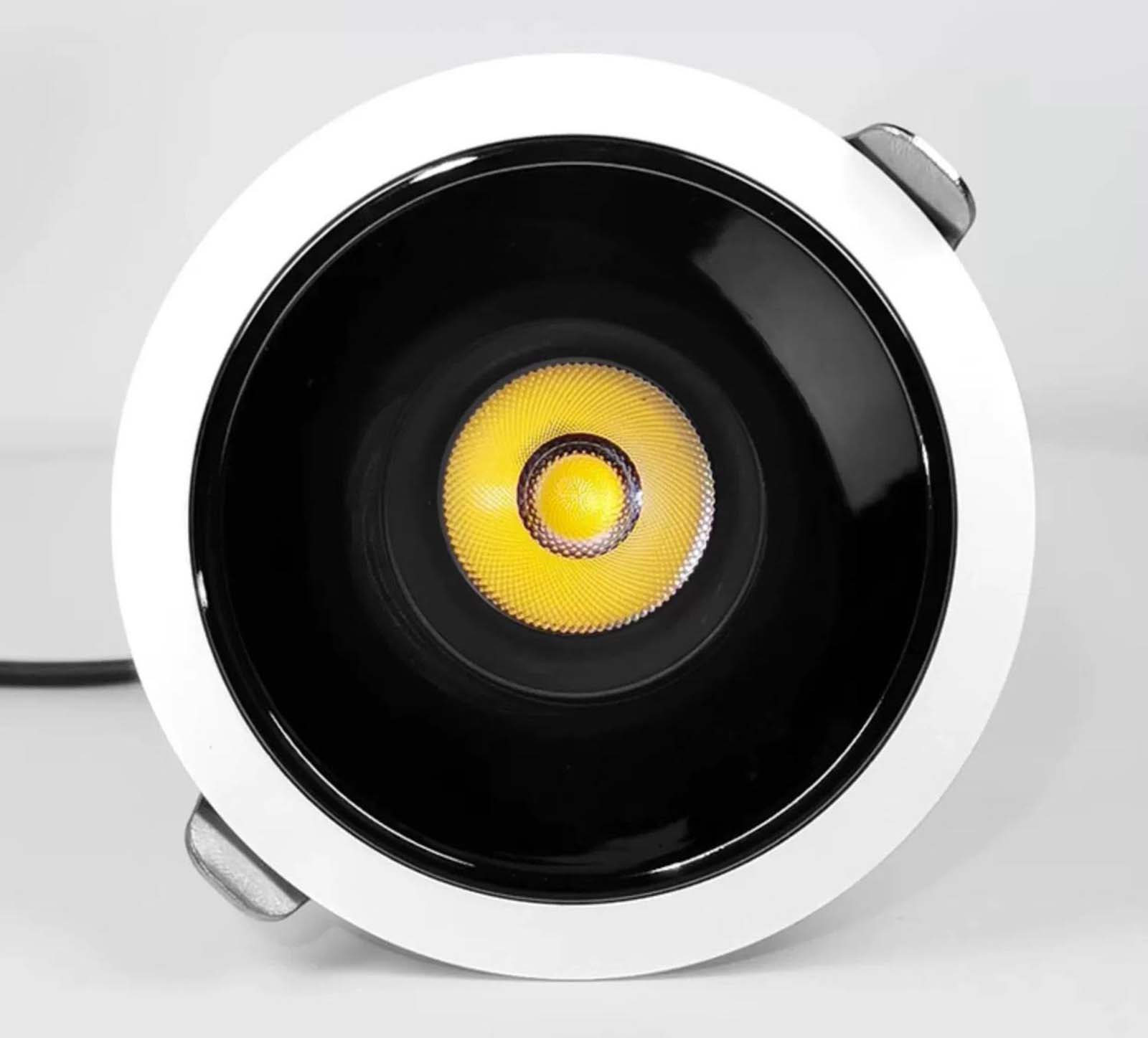
COB LED Down Light
COB (Chip-on-Board) light technology is a type of LED that integrates multiple LED chips onto a single substrate, allowing for higher light intensity and better heat dissipation. COB lights1 produce a more uniform and intense light than other LED technologies, making them ideal for applications that require high brightness and precision. The compact design of COB lights also allows for a smaller and more efficient fixture.
Pros and Cons of Using COB Light
COB lights have several advantages, such as providing a brighter, more focused beam with better heat management. This makes them a popular choice for spotlights, downlights, and ceiling lights. They also consume less power for the amount of light they produce, making them energy-efficient. However, COB lights can sometimes produce a harsher light if not diffused properly, and they can be more expensive than other LED options. Additionally, they may not be suitable for applications that require a wider light spread.
What is Panel Light?
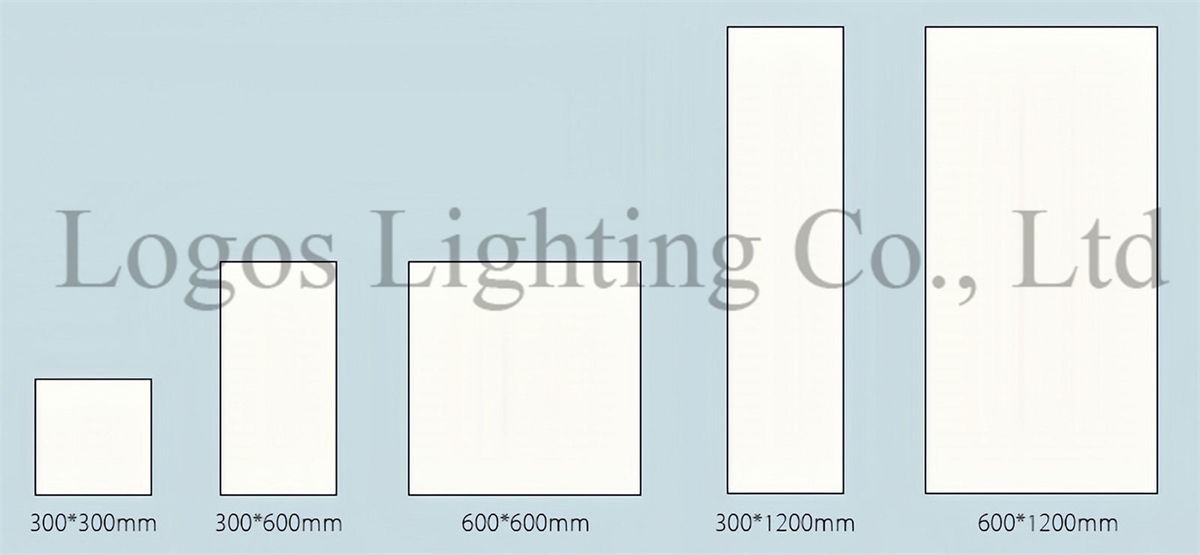
Panel lights are a type of LED lighting that consists of a flat, rectangular or square surface. These lights provide a smooth and uniform illumination, making them perfect for lighting large areas like offices, classrooms, or living rooms. Panel lights are typically mounted flush to the ceiling, offering a sleek, modern look that blends seamlessly with the surrounding environment.
Advantages and Disadvantages of Using Panel Light
One of the major benefits of panel lights2 is their even light distribution, making them ideal for areas where uniform lighting is needed. They are energy-efficient, easy to install, and can be dimmable for different lighting needs. Panel lights also offer a softer, less intense light than COB lights, which is great for spaces where you want a calm atmosphere. However, they may not be suitable for highly focused lighting tasks like reading or working, as they tend to spread light evenly across a wider area.
What is the Difference Between COB and Panel Lights?
COB lights are designed for precision and intensity, often providing a spotlight effect, while panel lights offer diffused, ambient lighting suitable for larger spaces. The key differences lie in their light quality and application. COB lights have a concentrated beam, making them perfect for accent lighting and task-oriented uses. On the other hand, panel lights provide a broader, softer light, ideal for general illumination in spaces like offices or living rooms.
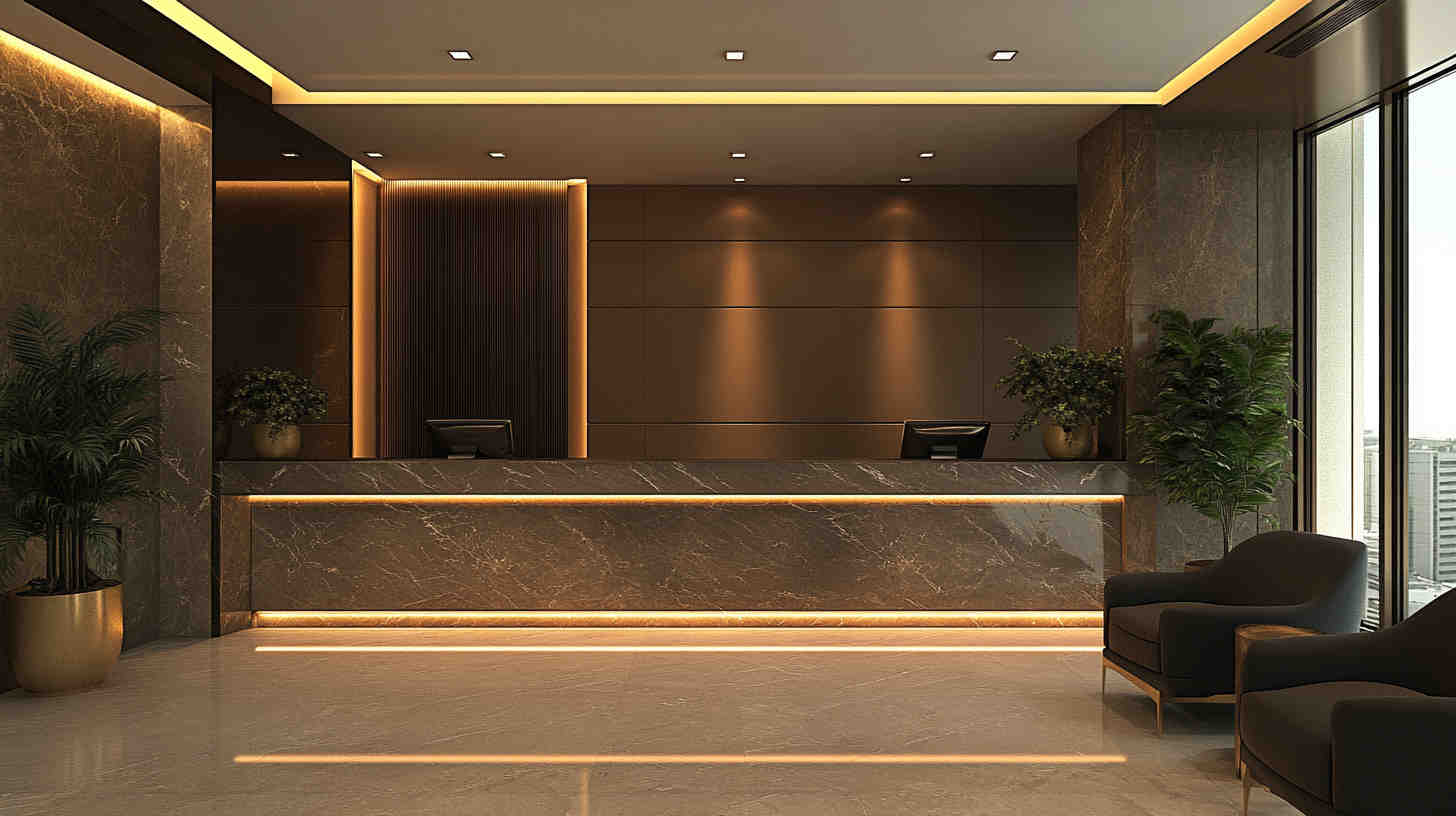
Key Differences
- Light Distribution: COB lights focus on creating concentrated light, making them ideal for accent or task lighting. Panel lights offer broad, even light distribution, making them better suited for ambient lighting.
- Brightness: COB lights typically provide higher brightness and are suitable for highlighting specific areas. Panel lights are designed for general illumination and are less intense but more diffuse.
- Design and Size: COB lights are compact and efficient, often used in smaller spaces or where a concentrated light beam is needed. Panel lights are larger, offering wide coverage and ideal for areas requiring uniform light.
| Feature | COB Lights | Panel Lights |
|---|---|---|
| Design | Multiple LED chips mounted directly on a single board. | Flat, slim fixtures with LEDs spread across a surface. |
| Light Distribution | Focused, concentrated light for task or accent lighting. | Soft, even light ideal for general illumination. |
| Brightness | High brightness, suitable for highlighting specific areas. | Lower brightness, designed for broad, ambient lighting. |
| Light Type | Uniform, intense light output. | Diffused light, minimal glare. |
| Best Use | Spotlights, downlights, accent lighting. | Offices, kitchens, commercial spaces, general use. |
| Size and Design | Compact, high-density design. | Slim, larger surface area for wider coverage. |
| Energy Efficiency | Energy-efficient with higher light output per watt. | Energy-efficient but less intense. |
COB and panel lights serve different purposes in lighting design. COB lights are perfect for focused, high-intensity lighting, while panel lights provide soft, uniform light for general or ambient lighting needs. Depending on your specific lighting requirements, you can choose the most appropriate option to achieve the desired effect.
Applications of COB Light vs Panel Light
COB (Chip-on-Board) lights and panel lights each have unique advantages depending on the application and desired lighting effect. COB lights are typically used for focused lighting, making them ideal for task lighting and accent lighting. Their high brightness and concentrated light output make them perfect for areas where intense illumination is needed, such as retail displays, spotlights, and art highlights. These lights are also excellent for smaller spaces where precision lighting is required, such as under-cabinet lighting or shelves.
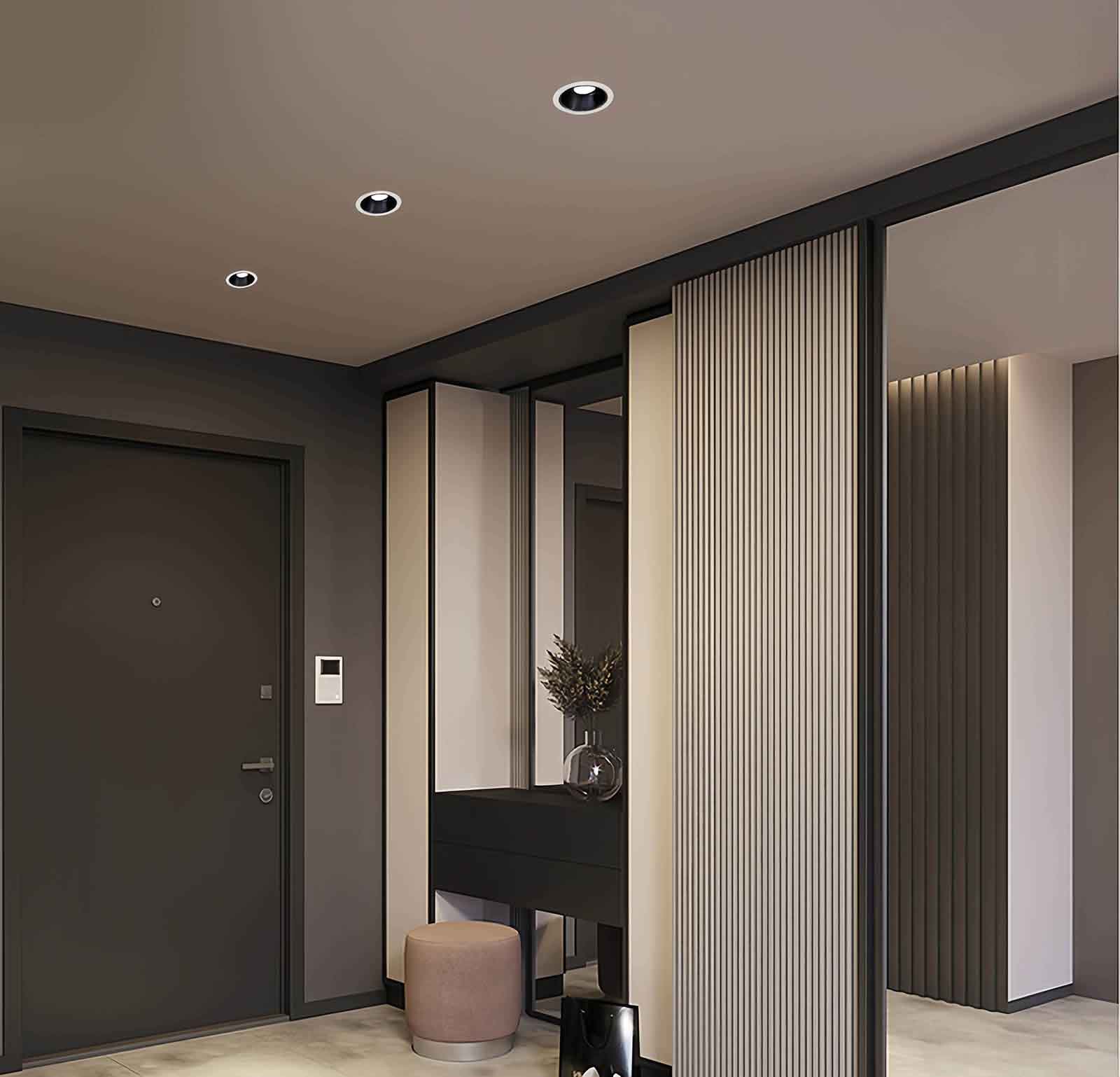
On the other hand, panel lights provide soft, diffuse lighting that is perfect for general illumination in larger spaces. These lights are often installed in places like offices, kitchens, and commercial spaces where even, non-glare lighting is necessary for comfort. Panel lights are ideal for applications where uniform light distribution is important, and they excel in ambient lighting settings like hallways or meeting rooms. Their ability to offer low glare and energy-efficient performance makes them the best option for spaces requiring general brightness across a large area, such as workspaces, libraries, or living rooms.
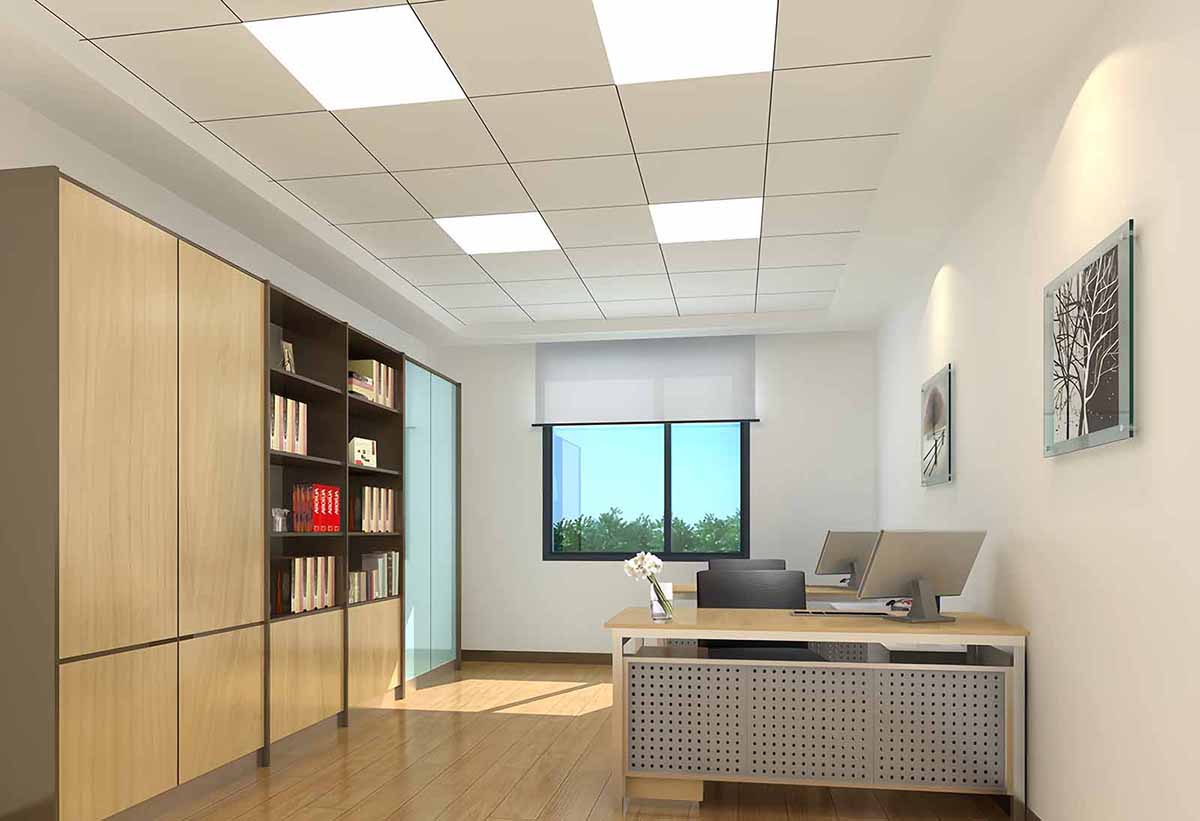
Applications of COB Light vs Panel Light
| Application Area | COB Lights | Panel Lights |
|---|---|---|
| Task Lighting | Ideal for task lighting due to high brightness and focused light. | Not suitable for focused task lighting due to diffuse light. |
| Accent Lighting | Perfect for highlighting specific features such as art, sculptures, or shelves. | Less effective for accent lighting as they provide uniform illumination. |
| General Illumination | Can be used in general lighting but usually focuses on specific areas. | Excellent for general lighting in larger spaces, providing uniform light. |
| Commercial Spaces | Great for high-intensity lighting in areas like retail displays or showrooms. | Perfect for offices, corridors, and large open areas where even light is needed. |
| Home Use | Often used in spotlights, downlights, and for energy-efficient focal lighting. | Ideal for kitchens, living rooms, and bathrooms where ambient light is needed. |
| Ceiling or Wall Mount | Typically mounted in smaller, more focused areas such as spotlights or recessed ceiling fixtures. | Commonly installed in suspended ceilings or flat wall mounts for ambient illumination. |
| Energy Efficiency | Energy-efficient with a high lumen output, making it suitable for applications needing intense light. | Energy-efficient, designed for uniform, diffused lighting in larger areas. |
| Outdoor Lighting | Suitable for floodlights, landscape lighting, and high-intensity outdoor lighting. | Not typically used for outdoor applications due to the need for more focused lighting. |
COB lights are best suited for focused, high-intensity lighting needs, ideal for task lighting, accent lighting, and areas requiring intense illumination. Panel lights, by contrast, excel in providing soft, uniform light that is perfect for general lighting in larger spaces, making them the go-to choice for ambient illumination in commercial and residential settings.
Conclusion
When choosing between COB lights and panel lights, consider your space’s lighting needs. COB lights are ideal for focused, intense lighting, while panel lights are best for soft, ambient illumination across larger areas. Both offer energy efficiency3 and longevity, but your choice will depend on the atmosphere you wish to create and the functionality you require.
If you have any questions or need help choosing the right lighting solution, feel free to contact us for expert guidance and high-quality products!
Request A Free Quote Now!
Send us a message if you have any questions or request a quote. We will get back to you ASAP!
- Explore the advantages of COB lights for focused and high-intensity lighting needs, perfect for task and accent lighting. ↩
- Learn how panel lights provide soft, uniform lighting ideal for larger spaces, enhancing comfort and ambiance. ↩
- Discover the energy efficiency of both lighting options to make an informed choice for your project. ↩



